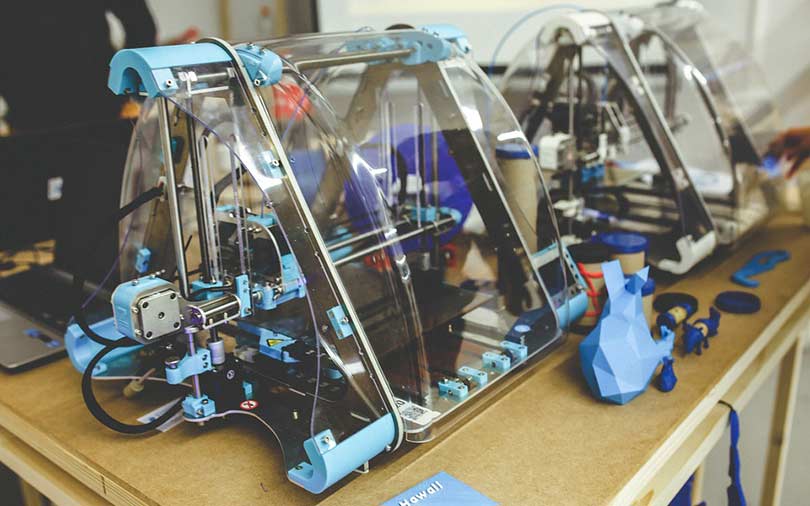
Stratasys unveils multi-material 3D printing of dental parts


Minneapolis-based additive manufacturing firm Stratasys Ltd has showcased three 3D-printing solutions aimed at boosting production at dental and orthodontic labs through techniques including use of multiple materials on a single tray.
“Multi-material 3D printing pushes the boundaries of what’s possible in dentistry today, while unlocking the next-generation of applications for tomorrow,” said Mike Gaisford, director of healthcare solutions at Stratasys.
The company said its Objet260 Dental 3D Printer, which allows printing of three different materials on a single tray, can make surgical guides, models, and appliances for a variety of patient requirements.

In single-material mode, users gain production efficiency and reduced material waste. “The product’s affordability is ideal for mid-sized labs looking to expand service offerings, while not impacting versatility,” the firm said. Objet260 can be upgraded to adopt next-generation digitally-mixed materials.
Stratasys also showcased two more products for dental labs, MEDFLX625 and Pop-Out Part. The former is a flexible biocompatible material allowing PolyJet multi-material 3D printers to mix both flexible and rigid biocompatible materials for making products that see short-term contact with dental patients. In addition, MEDFLX625 can further increase efficiencies by 3D printing both surgical guides and soft-tissue implant models in a single print run.
The third product showcased by the firm called Pop-Out Part allows labs and producers to clean thousands of dental arches with minimal investment in equipment or labour, the company said.

A report from market research firm IDC shows spending on 3D printing is expected to reach $3.6 billion by 2021 in the Asia-Pacific region excluding Japan (APEJ) at a compound annual rate of 22.4% for the five years starting 2017. According to the report, APEJ, along with the United States and Western Europe, will account for 18% of the total 3D printing spending worldwide throughout the five-year period of 2017-2021. It also showed that 3D printing-related services — consulting, systems integration, and on-demand parts manufacturing services —and material expenditure combined will account for nearly 45% of the total spending in APEJ for the five-year period.
